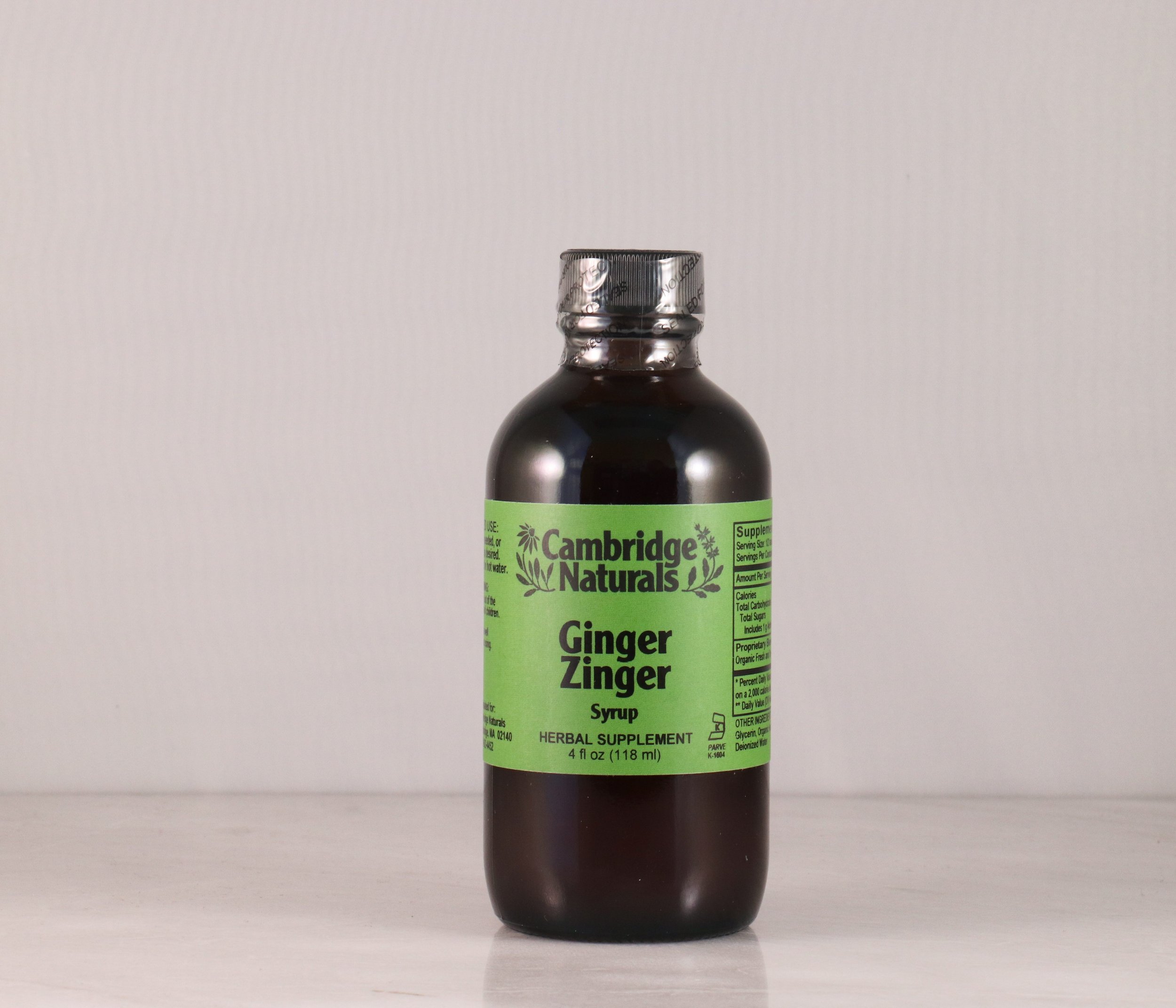By Caitlin, CN Body Care Lead
Today, we are introducing Vapour Organic Beauty to our customers at Cambridge Naturals. We invite you to explore and enjoy the latest clean cosmetic brand to grace our Body Care Department.
Vapour Beauty comes to us from the hearts and minds of Krysia Boinis, Kristine Kehely and Eric Sakas. Together, the team (based in Taos, New Mexico) brings their expertise in entrepreneurship, fine art and a taste for high quality performance to present you Vapour Organic Beauty.
Crafting a line of clean beauty care products that fit the team’s standards meant leaving the unnecessary, often toxic filler ingredients behind, and advancing the future of beauty. Vapour is an innovative skincare and cosmetic hybrid that marries exquisite herbs and oils in a waterless base. Adding the fine art experience of Kehely, Vapour launched with a wide range of carefully chosen colors to achieve beauty lit from within.
Vapour Beauty has quickly become an award-winning leader in sustainable, non-toxic beauty and pure performance products! Rest assured that Vapour has done the work for you when it comes to ingredients, sourcing and responsibility, receiving Champion Safety Status by the Environmental Working Group (EWG) and the Campaign for Safe Cosmetics.
Vapour is:
- 100% Natural
- 70% Organic
- Cruelty Free
- Made in USA
- Made with Solar and Wind Power
- Made with Recyclable Packaging
Want to make the jump into Vapour, but want to perfect your shade choice first? Use Vapour’s Free Shade Consultation tool. Here, you can upload a photo of yourself, evaluate your skin type, the climate you live in and list your current foundation brand and shade. In return, Vapour’s Beauty Experts will recommend your best options based on your answers. Now, that is innovation! Our body care team is also happy to assist you at the store, where we have all shades of their fantastic foundation (both liquid and sticks) available for you to try in person.
Please join us in celebrating the launch of Vapour Beauty by stopping by our Body Care Department and exploring these fabulous products. We have lots to celebrate as a store, as a local and global community and as crusaders for non-toxic beauty! Welcome, Vapour Organic Beauty to Cambridge Naturals!

























